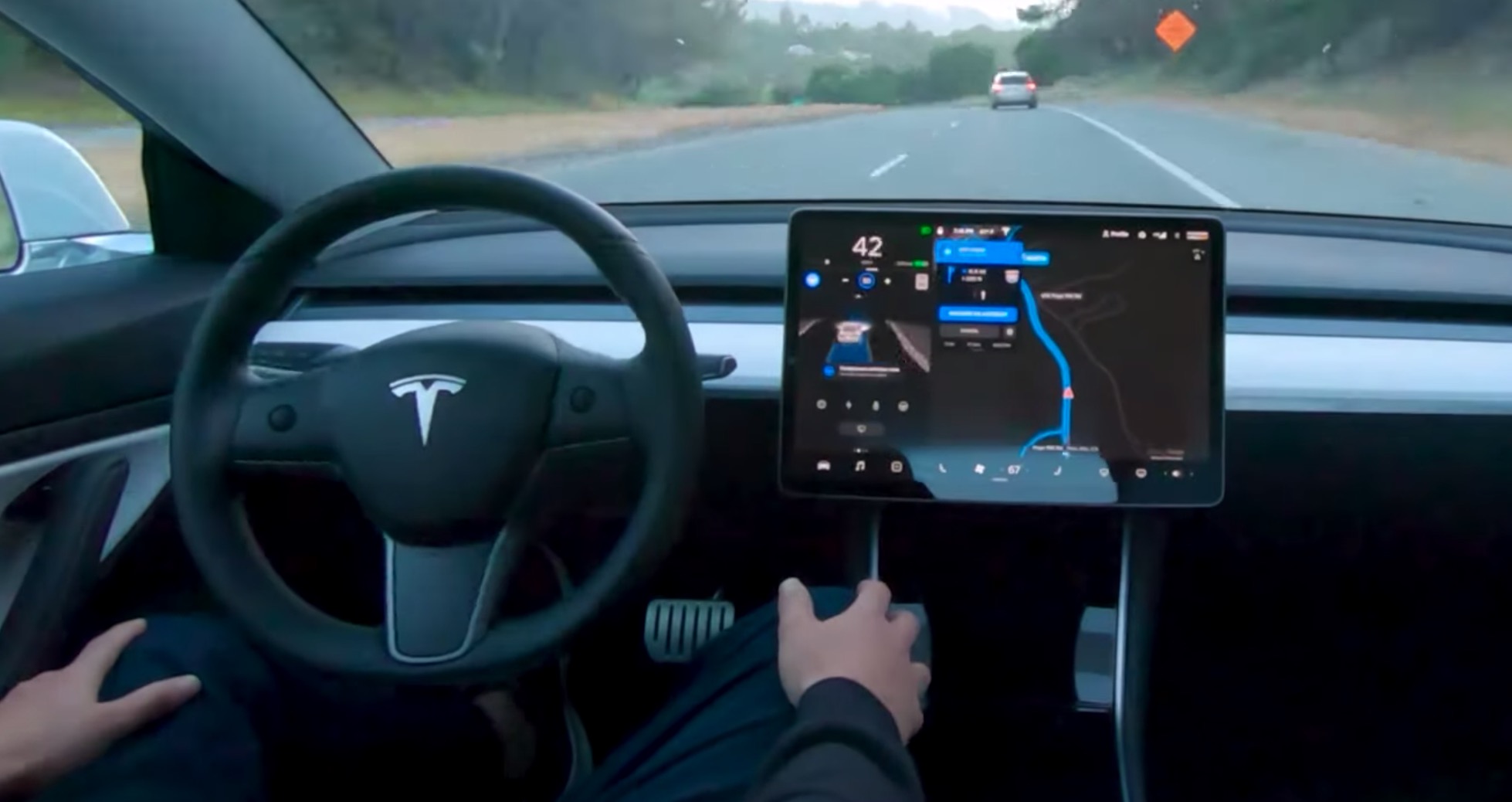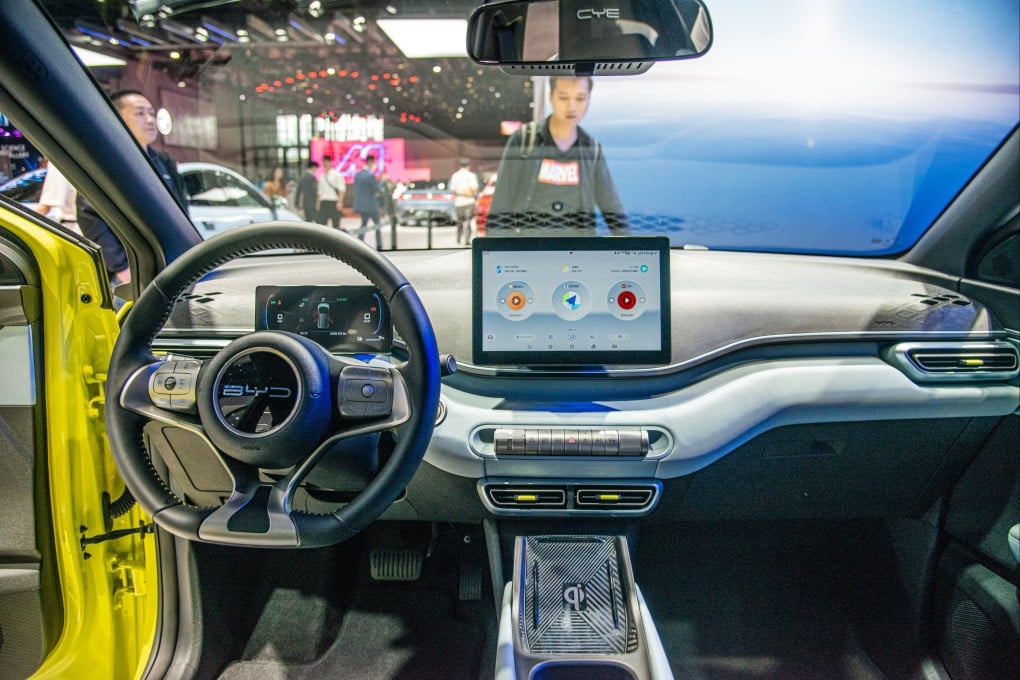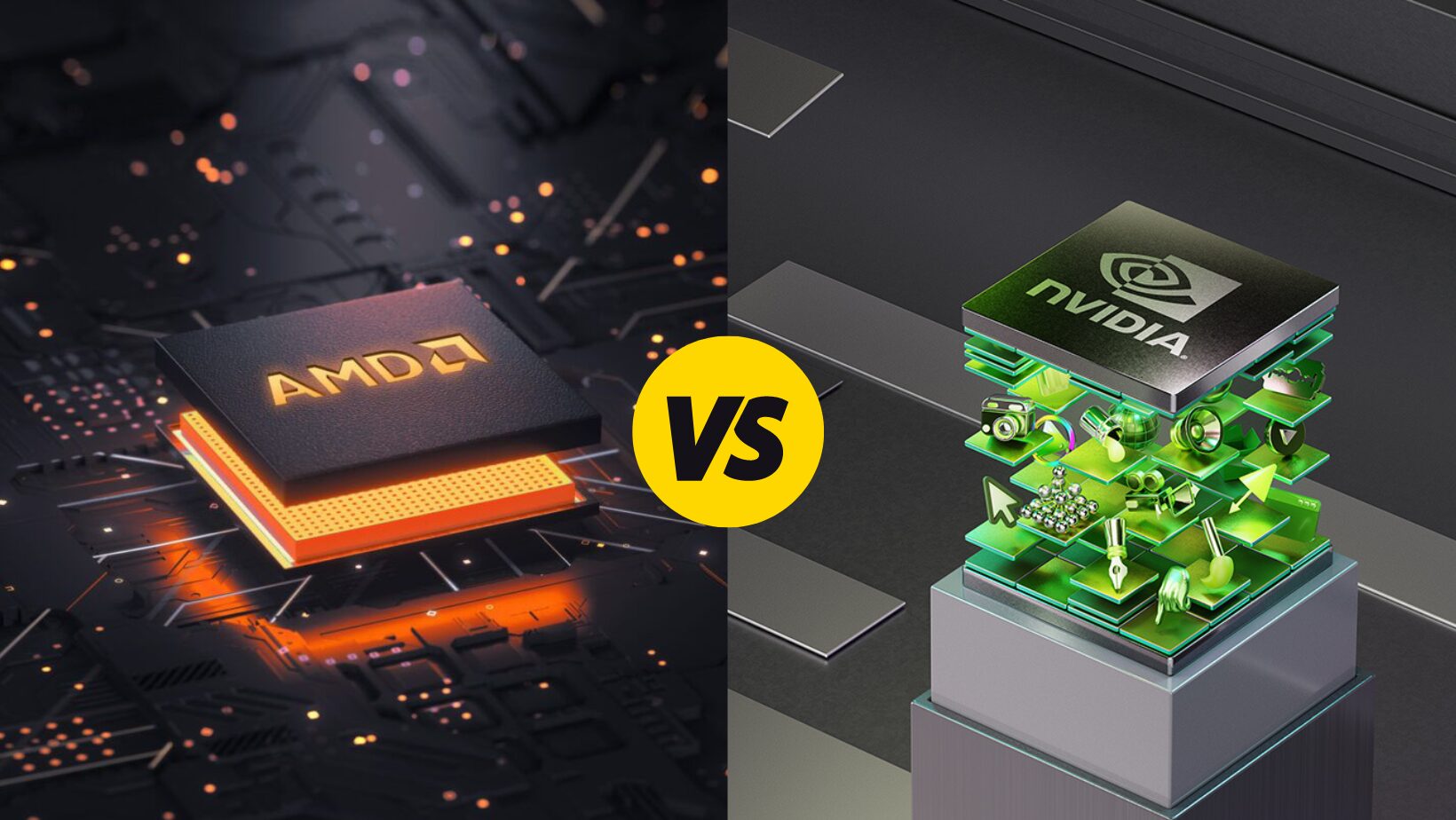In the rapidly evolving landscape of electric vehicles (EVs), self-driving technology stands out as a pivotal frontier. Companies like Tesla and BYD are at the forefront, each charting distinct paths toward autonomous driving. This blog post delves into their approaches, compares them with other leading EV brands, and explores the current state and future prospects of self-driving technology.
BYD's Approach to Self-Driving
BYD, a Chinese automotive giant, has been making significant strides in integrating advanced driver-assistance systems (ADAS) into its vehicles. Their proprietary system, known as "God's Eye," offers features like lane keeping, adaptive cruise control, and automated parking. Notably, BYD has begun equipping even its most affordable models, such as the $9,500 Seagull EV, with this technology at no additional cost .(Wikipedia, Reddit)
While "God's Eye" enhances driving convenience and safety, it's essential to note that it operates at SAE Level 2 automation. This means that while the system can control steering and speed under certain conditions, the driver must remain engaged and ready to take control at all times.(Wikipedia, Wikipedia)
Tesla's Full Self-Driving (FSD) Capabilities
Tesla's approach to autonomous driving is encapsulated in its Full Self-Driving (FSD) system. FSD offers features such as Navigate on Autopilot, Auto Lane Change, Autopark, and Traffic Light and Stop Sign Control. Despite its name, FSD currently operates under SAE Level 2, requiring driver supervision .(Wikipedia)
Tesla continues to develop its FSD technology, with plans to launch a robotaxi service in Austin, Texas, by the end of June 2025 . This service aims to utilize a fleet of autonomous vehicles, marking a significant step toward higher levels of vehicle autonomy.(MySA)
Comparing Leading EV Brands in Self-Driving Technology
Beyond Tesla and BYD, several other EV manufacturers are advancing their self-driving technologies:
-
Mercedes-Benz: Offers Drive Pilot, a Level 3 system allowing hands-free driving under specific conditions.(Car ADAS)
-
General Motors: Features Super Cruise, enabling hands-free driving on compatible highways.
-
Ford: Provides BlueCruise, a hands-free highway driving system.(Wikipedia)
-
Nissan: Equips its Ariya model with ProPILOT Assist 2.0, facilitating hands-free highway driving .(U.S. News Cars)
These systems vary in capabilities and operational domains, reflecting different strategies toward achieving higher automation levels.
Circumstances Requiring Active Driver Engagement
Despite advancements, current self-driving systems have limitations. Drivers must remain attentive and ready to take control in situations such as:
-
Complex Urban Environments: Navigating through construction zones, unmarked roads, or areas with heavy pedestrian traffic.
-
Adverse Weather Conditions: Rain, snow, or fog can impair sensor functionality.
-
Unpredictable Road Events: Sudden obstacles, erratic behavior from other drivers, or emergency vehicles.
These scenarios underscore the importance of driver vigilance, even when advanced systems are active.
The Road Ahead: Toward Full Autonomy
Achieving full self-driving capability (SAE Level 5) remains a complex challenge. While Tesla aims to deploy a significant number of autonomous vehicles by the end of 2026 , regulatory approvals, technological hurdles, and public acceptance are critical factors influencing this timeline.(Wikipedia, AP News)
As the industry progresses, collaborations between automakers, tech companies, and regulators will be pivotal in shaping the future of autonomous driving.
In conclusion, while significant progress has been made in self-driving technology, widespread adoption of fully autonomous vehicles will depend on continued innovation, rigorous testing, and robust regulatory frameworks.






